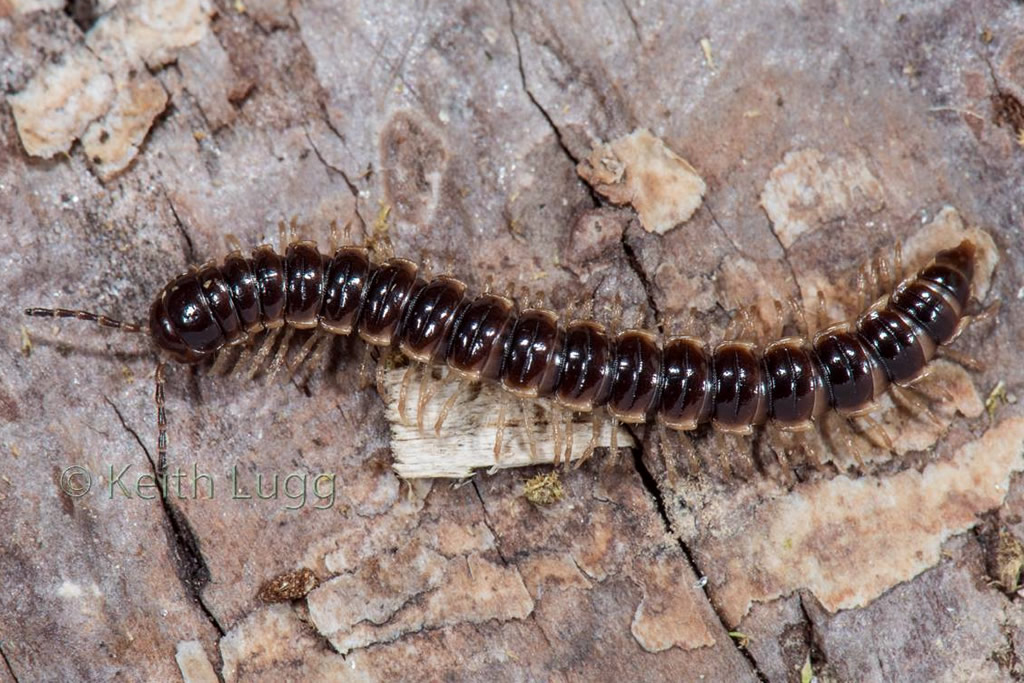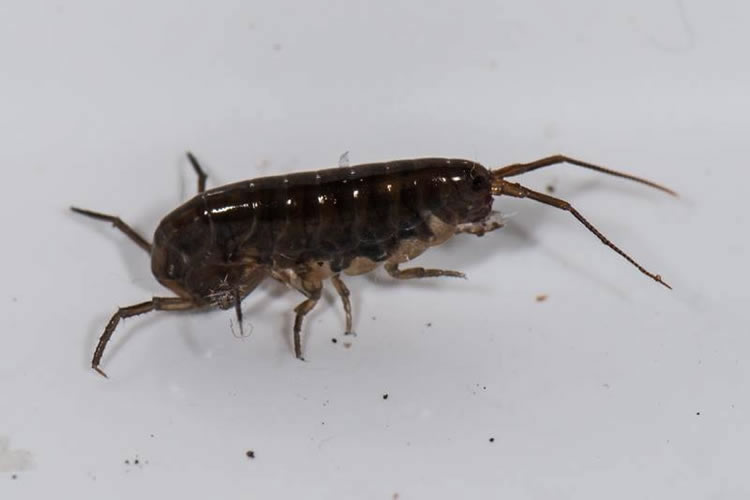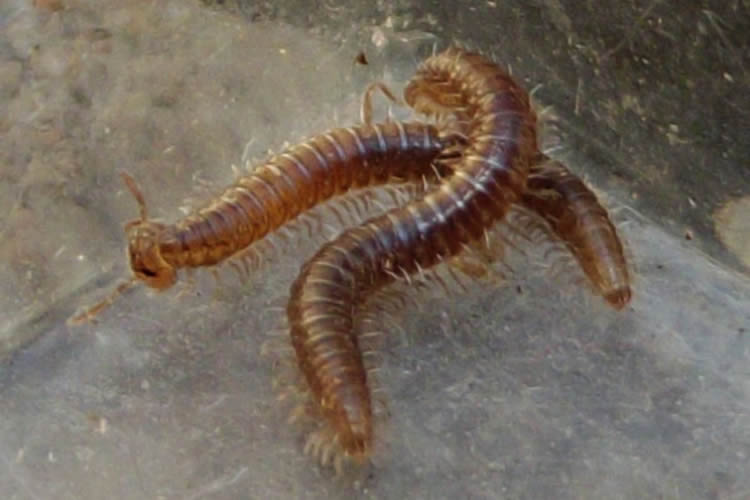--------------------
BMIG Newsletter 30 (Spring 2015)
Contents: Editorial; Spring field meeting in Linlithgow; AGM proposals; Look out for ectoparasitic fungi on millipedes; Trachelipus rathkei found in Yorkshire; A call for help in resolving the phylogeny of the pill-millipedes; A fourth site for Haplopodoiulus spathifer; Social myriapod – the BMIG Facebook page; Biogeographic and taxonomic catalogue of the centipedes of France; Millipede population explosions; In the journals.



